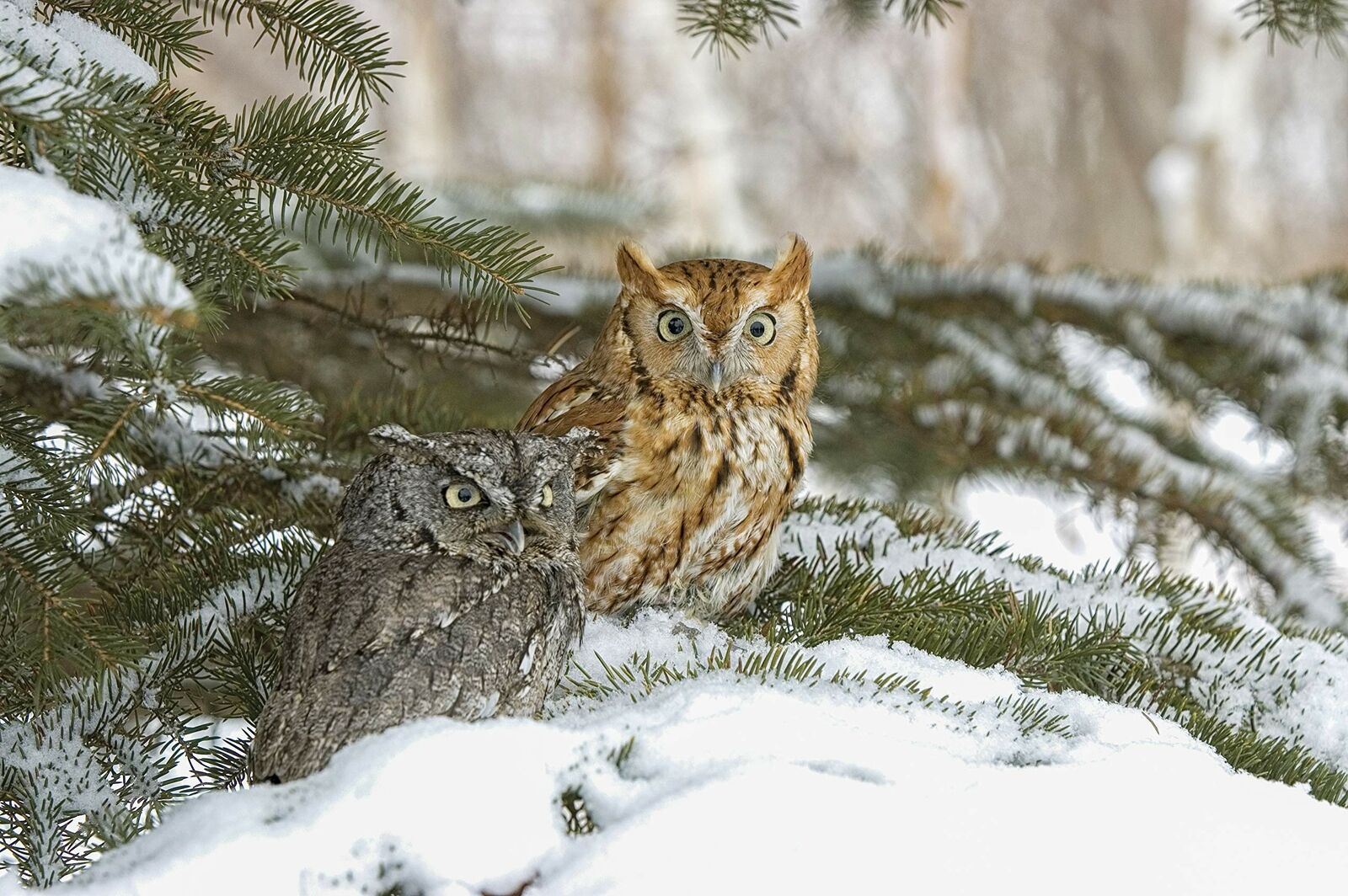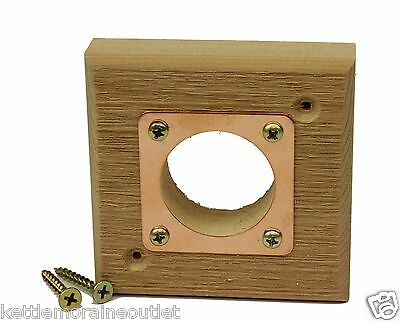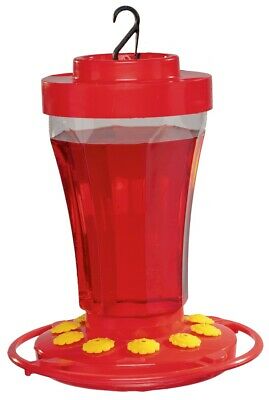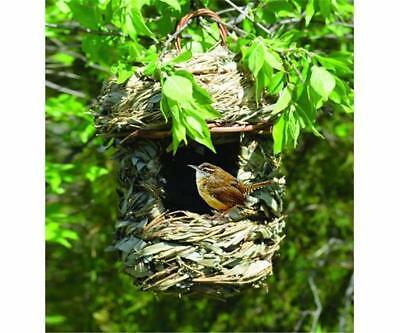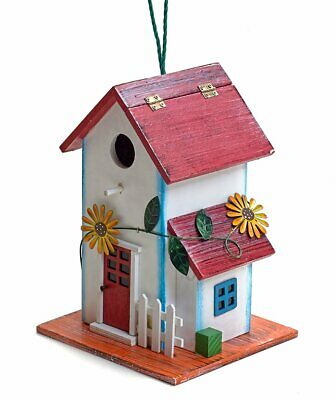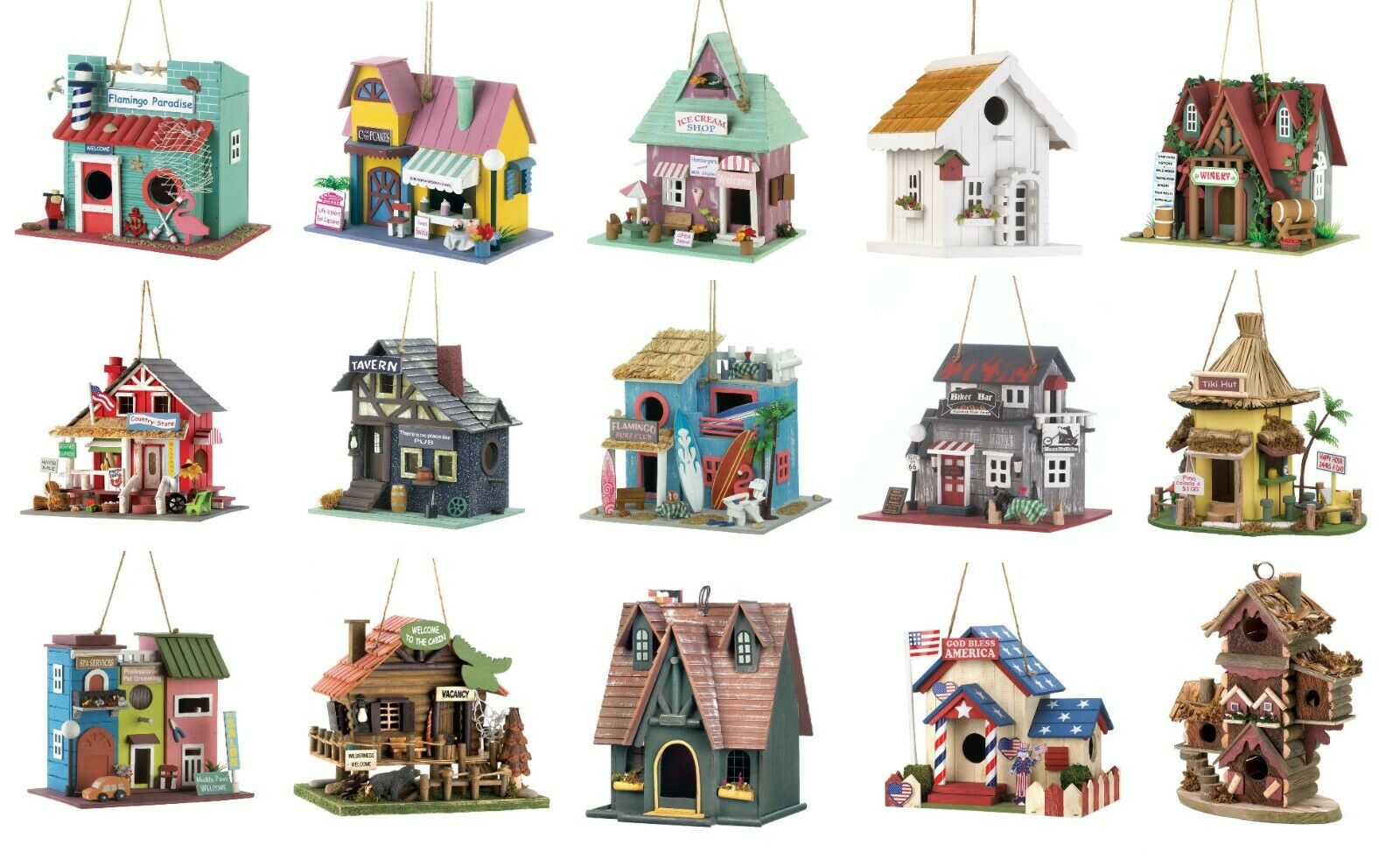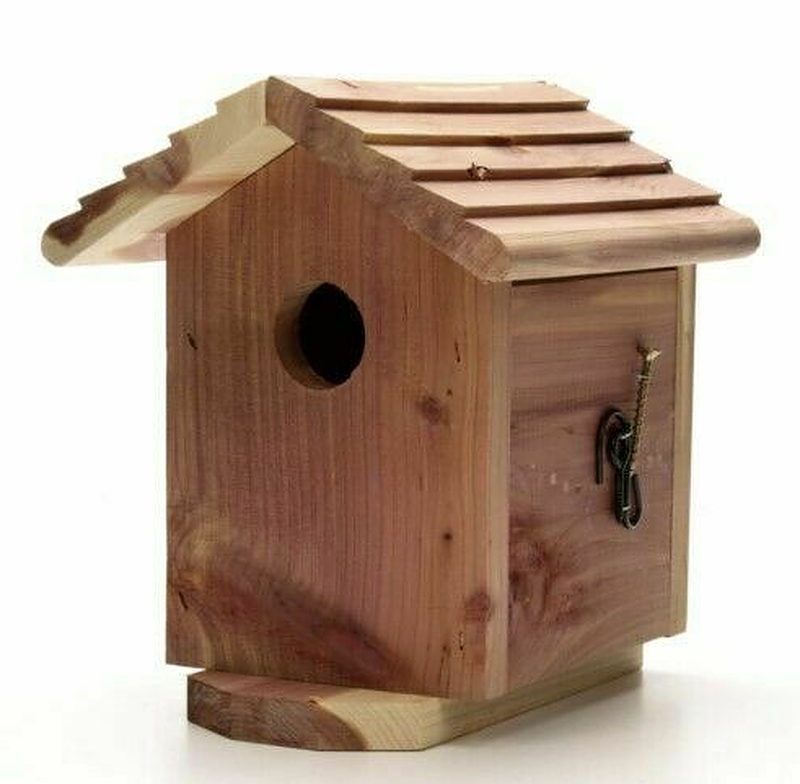-40%
Wakefield Premium Owl House Nesting Box for Screech Owls or Saw-Whet Owls
$ 38.53
- Description
- Size Guide
Description
From the brandSpreading Joy Through Nature & Wildlife
Our story
How we got our start?
Wakefield Peanut Company began more than 150 years ago when the first commercial peanut crop in the United States was grown a few miles west of our location. For over 40 years, our family-owned business in Wakefield, Virginia, has produced some of the finest peanuts and animal shelters available.
What makes our product unique?
All of our animal shelters are hand-crafted using sustainably-grown Eastern White Pine Wood. Eastern White Pine is an ideal material for our houses & feeders because it provides superior insulation during the summer and winter months while remaining light in weight and easy to hang.
Why we love what we do?
Our passion stems from our upbringing. We are farmers. We are builders. We are wildlife enthusiasts. And we enjoy the simpler things in life. We love animals and we spread happiness.
Product Description
About the Owls
Screech Owl
While the name would seem to indicate that the sound they make is a screech, it actually comes closer to singing than screeching. It is the favorite sound of many bird lovers on warm spring nights.
The Eastern Screech Owl has a small thick body and most are a gray-brown color, with whitish spots and stripes throughout. They have sharp hooked beaks and powerful feet. Adults are 8 to 9 inches tall.
Screech Owls breed from March in the South, into July further North and inhabit a small area close to the site of their nest. They have one brood of four to six young per year and are not generally migratory, preferring one location year round.
Because of their small size, these owls compete with other small birds for nesting places. They have been known to nest in houses designed for many other species, from wood ducks to purple martins!
Saw-Whet Owl
The Saw-whet Owl is named for its call, which sounds like filing or “whetting” a saw. It also give a series of short, monotonous whistles during breeding season.
It is a small owl, only about 7” tall (about the size of a beverage can), without “ear tufts” and with large yellow eyes. It is brown streaked with white above, a reddish-brown facial disk and streaks of white and reddish-brown on the underside.
The Saw-whet Owl generally lives in low, moist coniferous or mixed wooded areas, in evergreen thickets, wooded swamps or even isolated pine trees across the northern and western states and southern Canada. It winters primarily in the middle West and the lower South.
Saw-whets are very tame and very sound sleepers when roosting. They are difficult to find, but may be approached and even held in your hand.
Kestrels
Kestrels are not actually owls, but are of the falcon family. They are the smallest and most common falcon in North America, and enjoy nesting in cavities in trees, similar to the Saw-Whet and Screech Owls.
The American Kestrel is often considered one of the most beautiful falcons in America. Its feathers often contain beautiful hues of blues, reds, grays, browns, and blacks that make this small bird of prey a real eye-catcher!
It is important to note that even though kestrels nest in tree cavities, they are unable to make these cavities themselves. Instead, they rely on the work of other birds, such as woodpeckers, to provide them with good nesting sites.
If a Kestrel doesn't have a sufficient hole available in a tree, building, or nesting box, they will not nest, which limits species reproduction and population. Providing nesting boxes is very important to the reproduction of this species.
House Features
Eastern White Pine
Wakefield’s nesting boxes are constructed of sustainably grown eastern white pine wood, which provides excellent insulation from the heat and cold. Most young birds that die in the nest do so because of too much heat and inadequate insulation from it.
Custom Milled
The White Pine used in the Wakefield Owl House is custom milled with a “rougher head” finish, which allows fledglings a foothold when they are ready to climb out of the nest.
Ventilation & Drainage
Ventilation is provided for at the top of each side panel and the slanted roof overhangs the entrance hole to provide appropriate drainage. The floor also has drainage at all four corners and is recessed to keep it dry and the fledglings protected.
Owl Range
South from Southeastern Alaska, east across Central Canada to Nova Scotia
All the way down to south to Southern California, Arizona, Illinois, North Carolina and Connecticut
Winters in breeding range and south to Arkansas and North Carolina.
What Are You Lookin At??
All owls have specially designed eyes, ears, and wings to enable them to hunt effectively. Their eyes are large and located on the front of their faces, giving them binocular vision and depth perception. Their eyes are ten times as light-sensitive as human eyes, but they are short-sighted, so they hunt near the ground. Their eyes are so large that there is little room in their skulls for eye muscles. Thus an owl turns its head rather than its eyes, sometimes as much as 270 degrees, to follow an object.
Owls ears are located on either side of their “facial disks” and give owls the most highly developed sense of hearing of all birds. The arrangement of their facial feathers helps to amplify and channel sounds to their ears. Generally, one ear is larger and slightly above or below the other, so the owl can more accurately pinpoint the location of a sound. It can hear the heartbeat of a mouse or the movement of a cricket in the grass below!
Mounting Your Owl House
To install the Saw-whet Owl house, mount on the side of a tree or post in deep woods, preferably near a swamp, five to fifteen feet above the ground.
The back panel of the nest box has a metal hanger bracket at the top and a pre-drilled hole at the bottom. Put a nail or screw into the side of a tree or post, with the head sticking out about 1/4”. Place the metal hanger over the nail or screw. Put another nail or screw through the hole at the bottom of the back panel to fasted the nest box securely.
Empty the included bag of wood chips into the nest box. Though Saw-whet owls do not naturally use nesting materials, these wood chips are needed to keep the eggs from rolling around the flat floor of the nest box. It will be important to provide fresh wood chips each nesting season.





